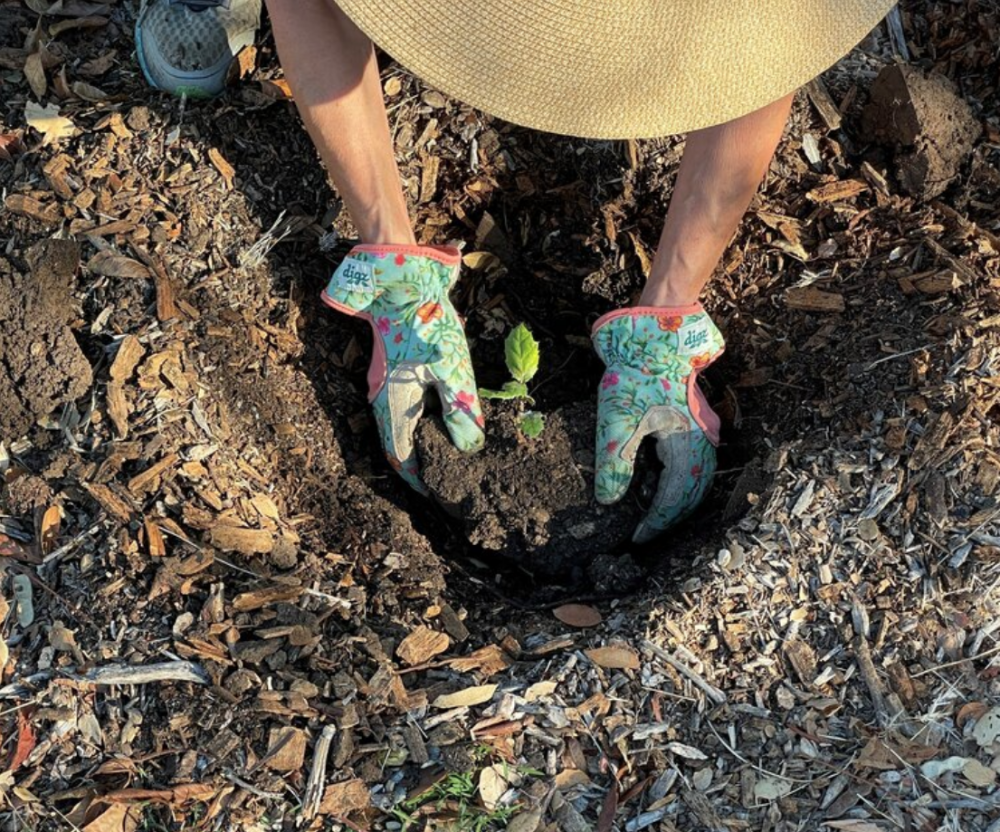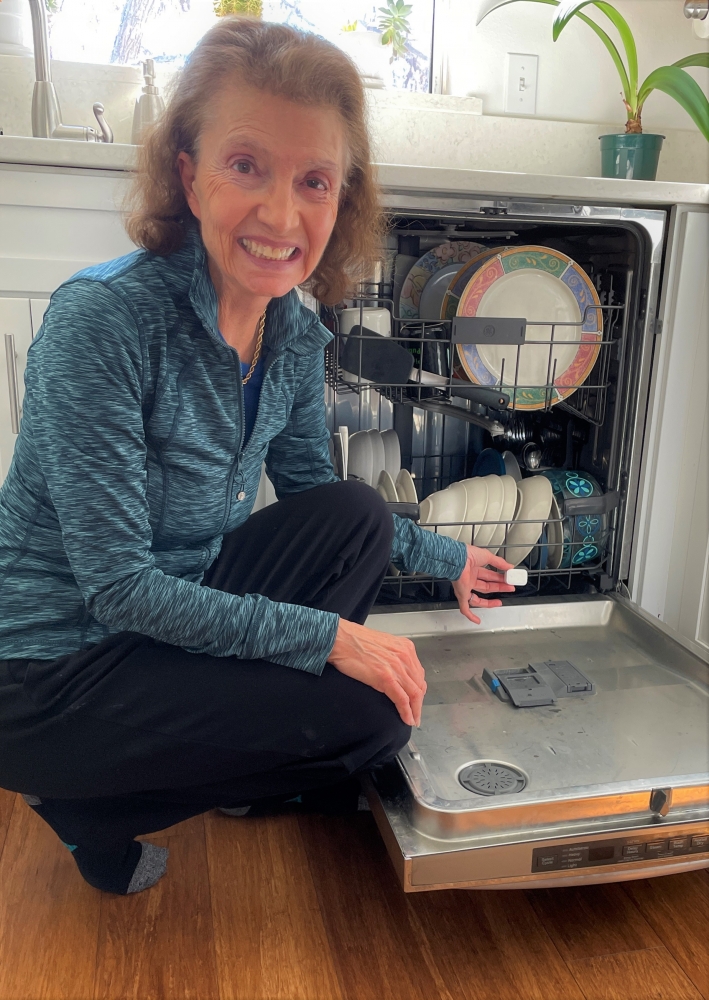
Earth Day Every Day

As the birthplace of the modern environmental movement following the 1969 oil spill, Santa Barbara generally marks Earth Day with gusto. But with celebrations again taking place virtually this year, UC Santa Barbara’s Deborah Williams and the Community Environmental Council (CEC) are inviting people to bring Earth Day into their own homes.
The two are collaborating on Earth Day Every Day, a web-based initiative that is part resource for people looking to change their habits and part campaign to raise awareness and motivate action.
Williams, a lecturer in UCSB’s Environmental Studies Program, compiled resources to make it easier to incorporate sustainable practices into our daily routines.
“Most people are very busy and don’t have time to really figure out what’s out there,” said Williams, who laid out 21 actions for 2021 that fall into broad themes like diminishing our carbon footprint, reducing the amount of waste we produce, and decreasing the number of synthetic compounds we put into the environment and our bodies. First and foremost, she and the CEC are encouraging community members to pledge to make Earth Day values and actions a part of their everyday lives.
Each of the 20 remaining actions — from avoiding single-use cleaning products to using Earth-conscious transportation — includes a broad range of strategies. “There is something under each commitment that every single person can do,” Williams said. For instance, to reduce the impact of heating and cooling, homeowners can invest in better insulation while renters can opt for strategies like throwing on a sweater in the winter or drawing the blinds to keep out the summer heat.
“A really nice feature is that people can pick and choose among the various actions,” said Kathi King, CEC’s director of outreach and education. Even if someone is already tackling one action, she noted, they can still look at the strategies in the other sections to pick up new tips and discover new resources.
Many of the strategies can even ameliorate everyday annoyances. “The average American gets 41 pounds of junk mail a year,” Williams said, citing a figure from the Center for Development of Recycling at San Jose State University. The website’s second action lays out ways to unsubscribe from these nuisance mailings. Williams estimates that she’s halved the amount of junk mail she receives by following the advice.
![]()
A lot of unnecessary single-use plastic, paper and foil waste is produced in the kitchen.
Photo Credit: CATHY NEWMAN
There are also many ways to cut down on waste in the house, from package-less cleaning products to reusable kitchen materials. Silicone baking sheets and lids are one of Williams’s favorite ways to reduce plastic and foil waste. They’re especially welcome as a solution to all those mismatched food containers whose tops went missing years ago.
Plant a tree, buy organic, pack a reusable water bottle: The website is full of easy strategies to help society and the planet — at every price point. If you have the resources, purchase an electric vehicle or install solar panels on your roof. If not, embrace low to no-cost actions like buying gently used clothes and consumer goods and eating less meat.
“I hope that people do not feel overwhelmed by the number of options,” Williams said. The goal, she added, is not to pressure people into making all these changes at once. “This really is designed to present strategies that can be implemented over the course of a year, two years, or as in our case, five years.”
The inspiration for the project struck Williams after the local devastation of the Sherpa Fire in the summer of 2016. “We were watching the ash fall from the sky,” she recalled, “bemoaning climate change, and then my husband and I looked at each other and said, ‘Are we really doing enough on an individual level to address one of, if not the greatest threats ever faced by mankind and this planet?’” The couple concluded that it was time to up their game.
Williams compiled a wealth of information over the intervening five years. And after the success of last year’s project, 50 Great Public Land Destinations, she decided to approach the Community Environmental Council about featuring Earth Day Every Day this year.
As luck would have it, the council had just completed a 5-year strategic plan that didn’t include a specific personal action program as a separate component. “However, we have engaged on these activities as campaigns in the past, usually at Earth Day, as a way to drive behavior change,” said King. “So Deborah’s enthusiasm, plus the upcoming festival (albeit virtual), seemed like a great combination.”
The final two sections of the site invite people to expand their impact through community engagement and spreading the message. “Research is showing that talking about climate change is one of the most meaningful actions we can take to address the problem,” King said. “The more people discuss it and normalize it, the more people will be inclined to do something.
“While individual actions won’t get us to the emissions reductions needed to reverse the negative impacts we are already feeling, these actions often lead to greater community engagement,” she continued. “Building community around climate solutions is paramount, given how fast the clock is ticking.”



